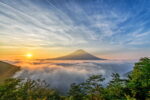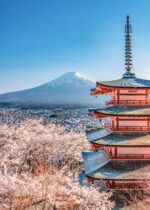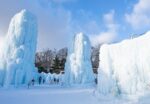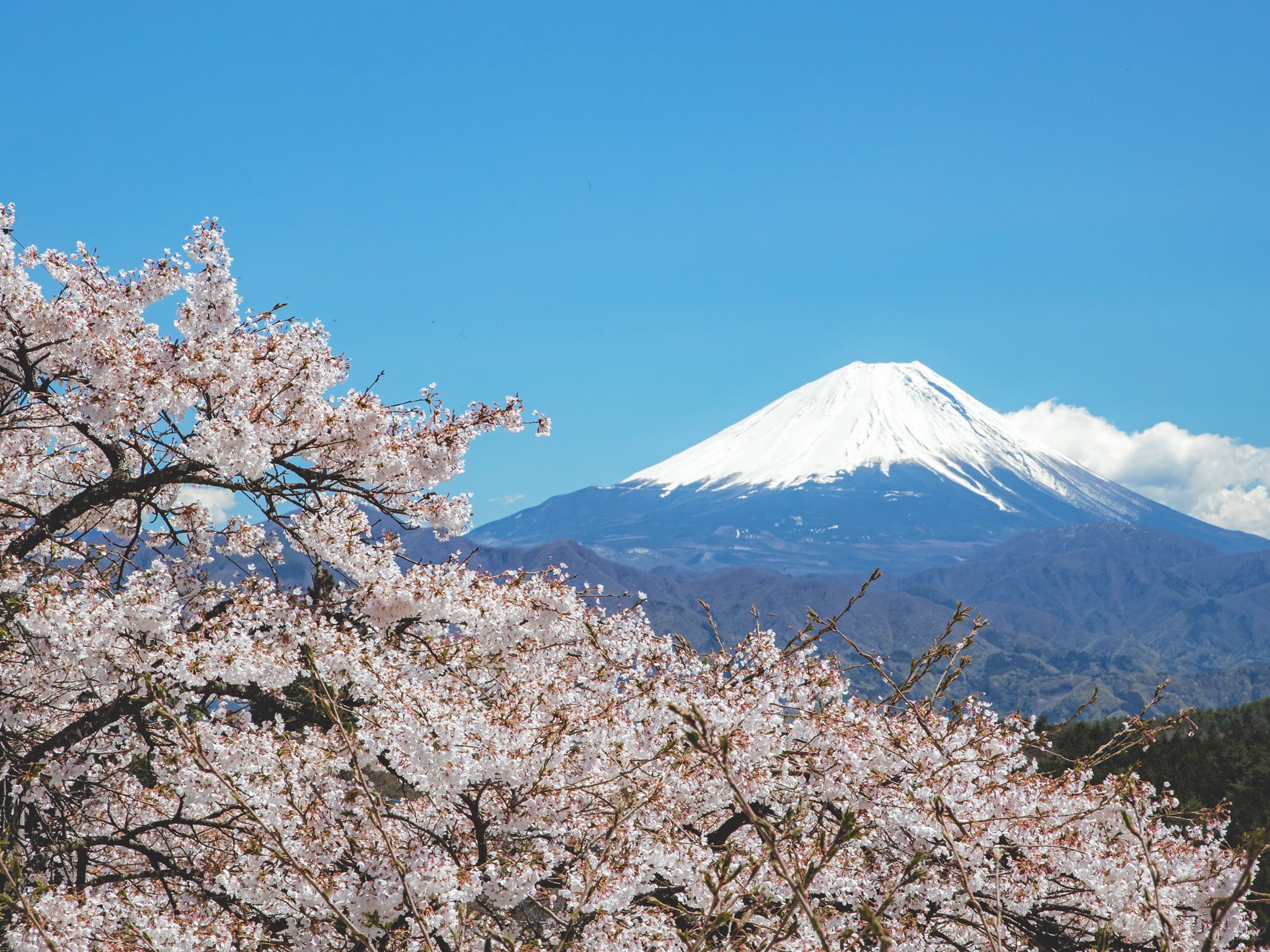
Mt. Fuji stands at an impressive 3,776 meters (12,389 feet) above sea level, making it Japan’s highest peak.
Mt. Fuji is a symbol of Japan’s natural beauty and attracts climbers from all over the world.
During the climbing season, the temperature on Mt. Fuji can vary significantly. At the 5th Station, which is a common starting point, daytime temperatures in July and August typically range from 10°C to 15°C (50°F to 59°F). However, temperatures can drop significantly at higher elevations, especially during the night, often falling below freezing.
Climbing this iconic mountain is a remarkable experience, but it’s important to prioritize safety and follow proper etiquette.
Here are some essential guidelines to ensure a safe and enjoyable climb.
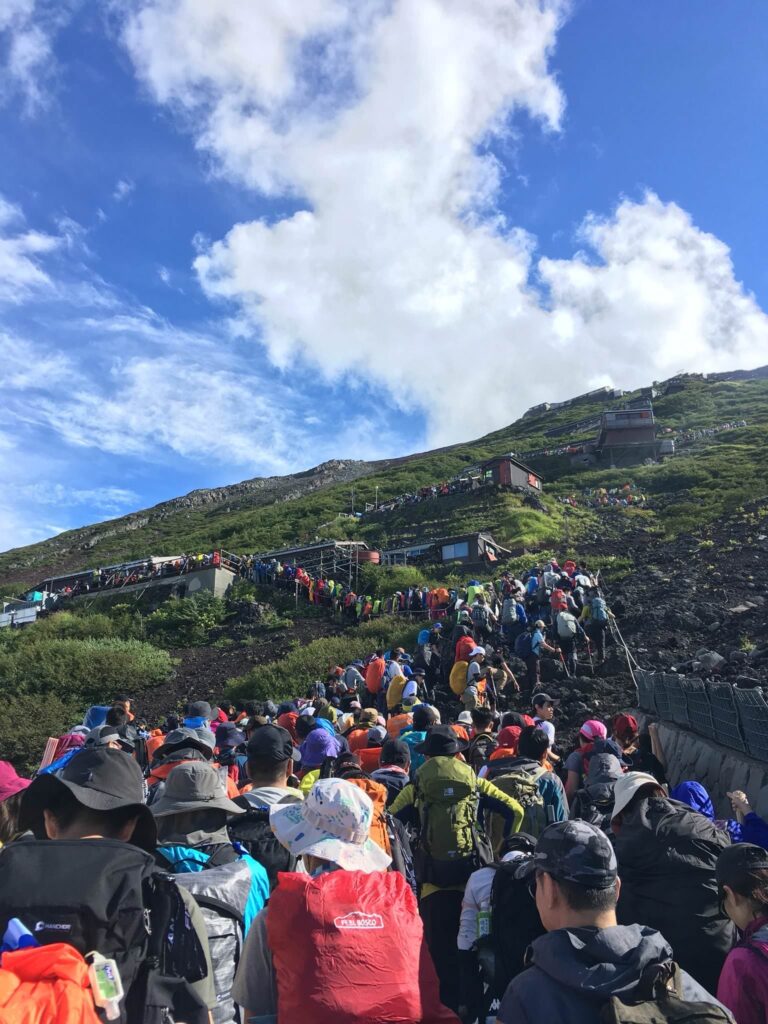
1. Preparations and Planning: Before embarking on your journey, make sure to check the route, gather the necessary gear, and review the weather forecast. Climbing boots, warm clothing, a headlamp, food, water, maps, and other essentials are crucial. Please note that Mt. Fuji’s climbing season typically runs from early July to early September, but exact opening and closing dates can vary due to remaining snow, weather conditions, and trail conditions. Plan accordingly.
2. Climbing Registration: Notify friends or family of your climbing plans and submit a climbing registration. Climbing outside the designated season is illegal, so make sure to plan your ascent during the official season. Registering your climb is essential for safety and rescue efforts.
3. Altitude Sickness Prevention: As you ascend, be mindful of the changing altitude and acclimatize properly. If you experience symptoms of altitude sickness, such as headaches, nausea, or dizziness, descend immediately.
4. Weather Check: Weather on Mt. Fuji can change rapidly. Check the weather forecast before starting your climb and reconsider your plans in case of adverse conditions.
5. Leave No Trace: Respect the natural environment by carrying out all your trash. Keep the mountain pristine for future generations.
6. Hut Reservations: If you plan to stay in one of the mountain huts, it’s essential to make reservations in advance. Mountain huts can get crowded during the climbing season, so booking ahead is a must.
7. Respect and Consideration: Mt. Fuji is a shared space for climbers from all over the world. Be courteous to fellow climbers and hut staff. Climbing outside the official season is illegal, so always adhere to the set regulations.
8. Dress Appropriately: Even during the climbing season, weather conditions can change rapidly. Be prepared for sudden temperature drops and frigid conditions. Don’t underestimate the importance of proper clothing and gear.
9. Emergency Communication: Mobile phone signals may not reach all areas of the mountain. Bring a two-way radio or emergency communication device as a backup.
10. Physical Condition: If you’re not feeling well or are in less than optimal physical condition, consider postponing or canceling your climb. Don’t overestimate your abilities, and prioritize your safety.
11. Local Guidance: Seek advice from local guides or information centers. Local knowledge can be invaluable for a safe climb.
12. Behavior of Some Foreign Climbers: While Mt. Fuji attracts climbers from all around the world, it’s important to remember that some climbers may not be familiar with the local customs and rules. Please be patient and understanding towards fellow foreign climbers, and help educate them about the importance of respecting Mt. Fuji’s environment and adhering to regulations.
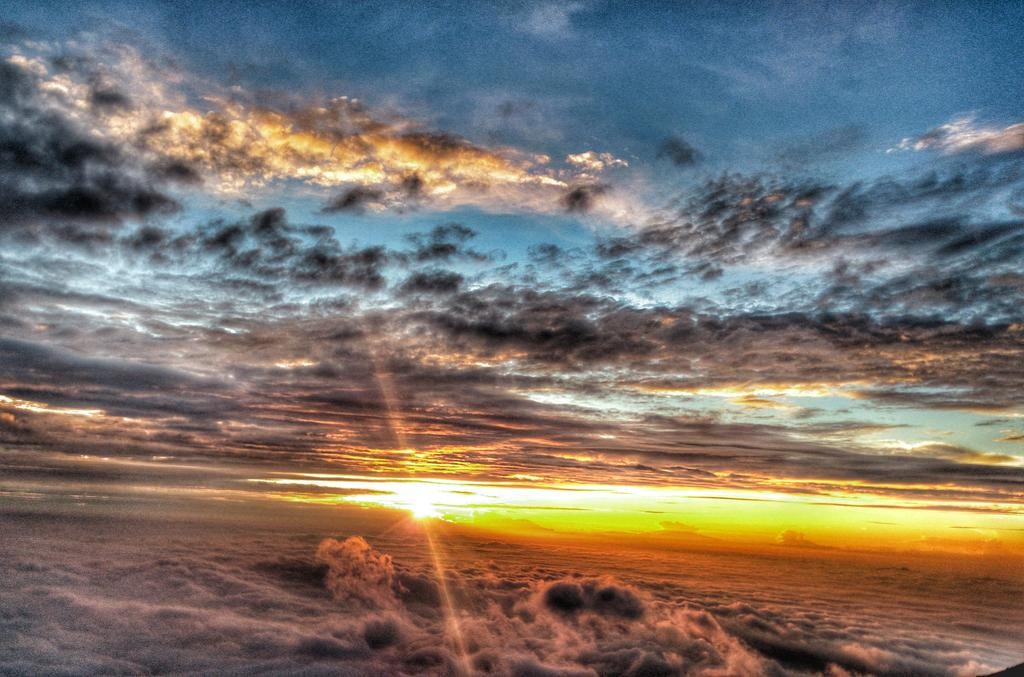
By following these guidelines, you can ensure a safe and enjoyable climb on Mt. Fuji while respecting the natural beauty of this iconic mountain. Climbing Mt. Fuji is a unique and memorable experience, and your safety and consideration for others are paramount.

